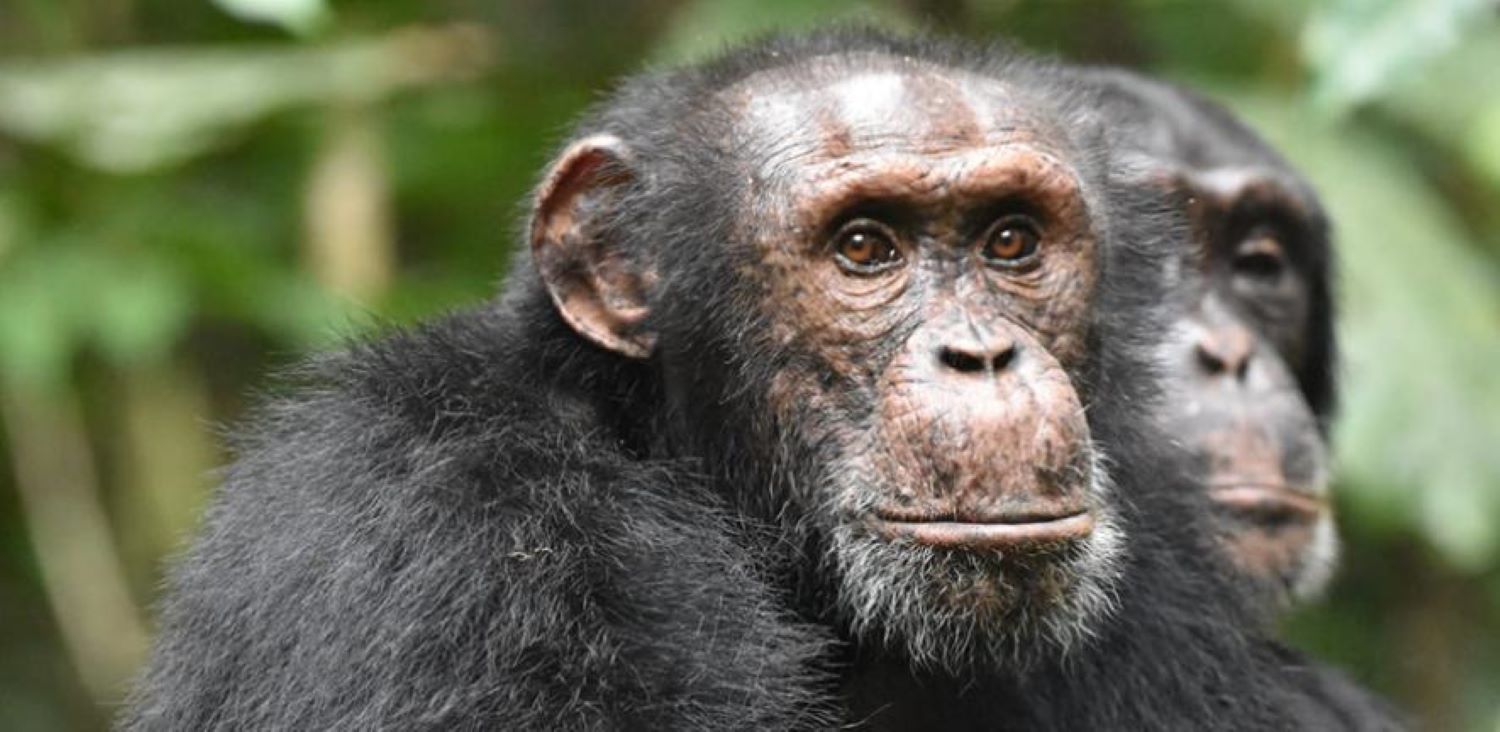
Chimps use an ancient military tactic to make decisions and avoid potentially fatal clashes with rival groups, scientists have discovered.
Researchers observed two western chimpanzee (Pan troglodytes verus) communities in Africa take to the hills to carry out surveillance on each other — much like reconnaissance missions used by militaries. They then used that intel to decide when to enter contested territory.
Plenty of animals look out for danger in their environment, but this is the first time scientists have documented a non-human species making elaborate use of elevated terrain to assess risk in a territorial conflict, according to the new study, published Nov. 2 in the journal PLOS Biology.
Related: Primates have been masturbating for at least 40 million years
"It really shows this metacognition ability, so the ability to reflect on your own knowledge and to act on what you don't know to get more information," lead author Sylvain Lemoine, an assistant professor of biological anthropology at the University of Cambridge, told Live Science.
The use of elevated terrain is one of the oldest military tactics in human warfare, according to a statement released by the University of Cambridge.
Chimps live in communities that compete for space and resources, and their normal behavior involves coordinated aggression — including occasional killings.

The border between chimp communities isn't set in stone, and their daily presence in an area is what matters, Lemoine said, adding it is like living in a "constant, low intensity and small-scale state of warfare."
The new study looked at two neighboring chimp communities monitored by the Taï Chimpanzee Project, a research and conservation project based in the Taï National Park in Côte d’Ivoire (Ivory Coast). The team, along with students and local assistants — unnamed in the study — followed the chimps for 8 to 12 hours per day between 2013 and 2016, collecting GPS and behavioral data.
The data showed that chimps were more likely to climb hills when traveling to the borders of their territory than to the center. While on these hills, they quietly rested rather than engaging in activities that would impede their ability to listen, according to the study.
Chimps in the study were more likely to advance from high ground into contested territory when their rivals were far away, suggesting they used the hills to avoid conflict. However, they may also use them to find an opportunity to attack. Lemoine noted that when members of two communities meet, the balance of power — numbers on each side — is an important factor in whether one side escalates violence. The chimps seem able to weigh the cost and benefit of engagement, and the hills help them do that.
"They use the high spots to find the right conditions where they can take the risk — or not — of attacking," Lemoine said.
The new study only looked at chimps in Taï National Park, but Lemoine told Live Science that he assumes other chimps also use this tactic, depending on the terrain.
In the statement, Lemonie said complex cognitive abilities that help chimps expand their territory would have been favored by natural selection, potentially suggesting these warfare tactics are rooted in evolution. "We are perhaps seeing traces of the small scale proto-warfare that probably existed in prehistoric hunter-gatherer populations," he said.







